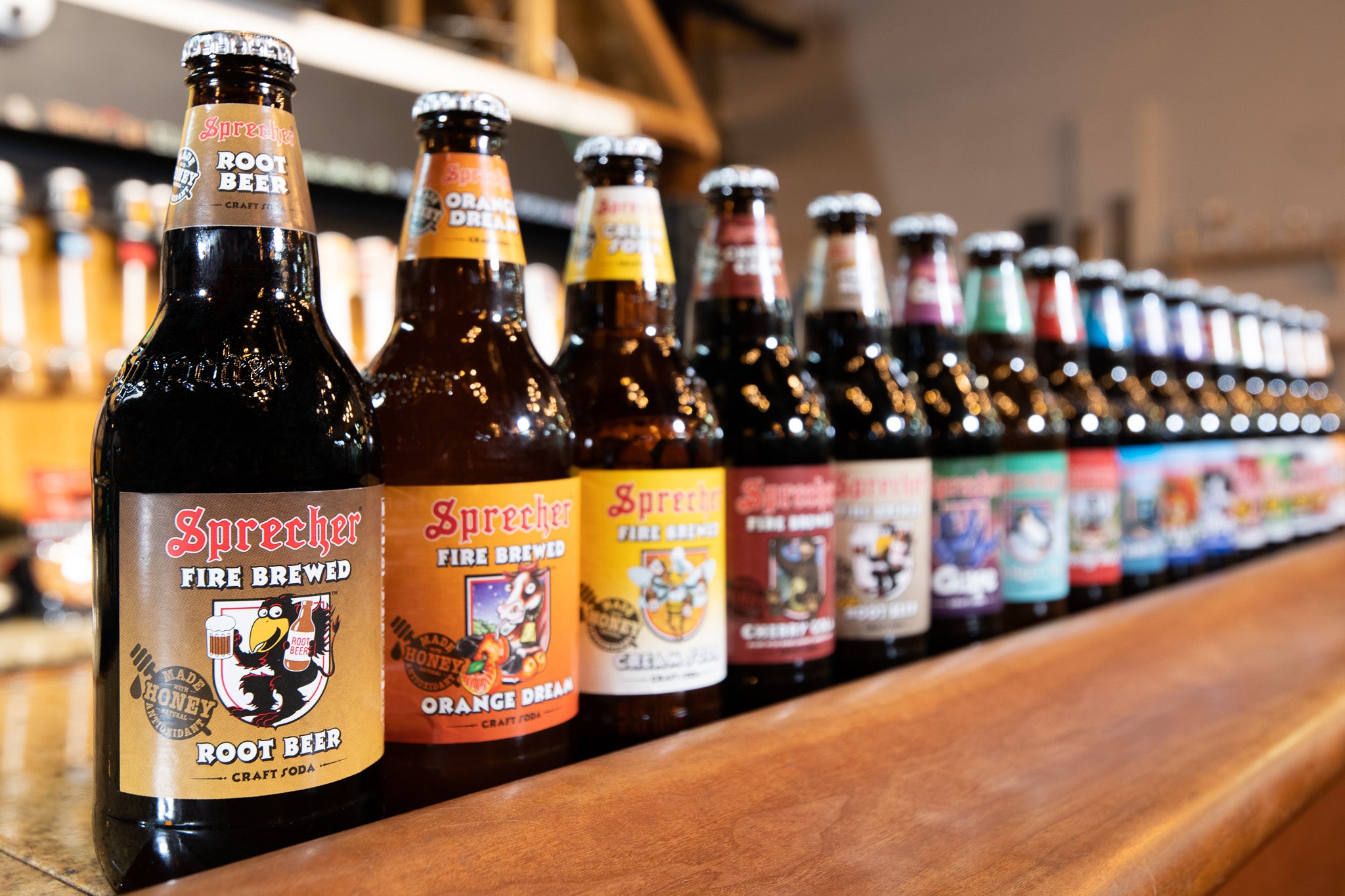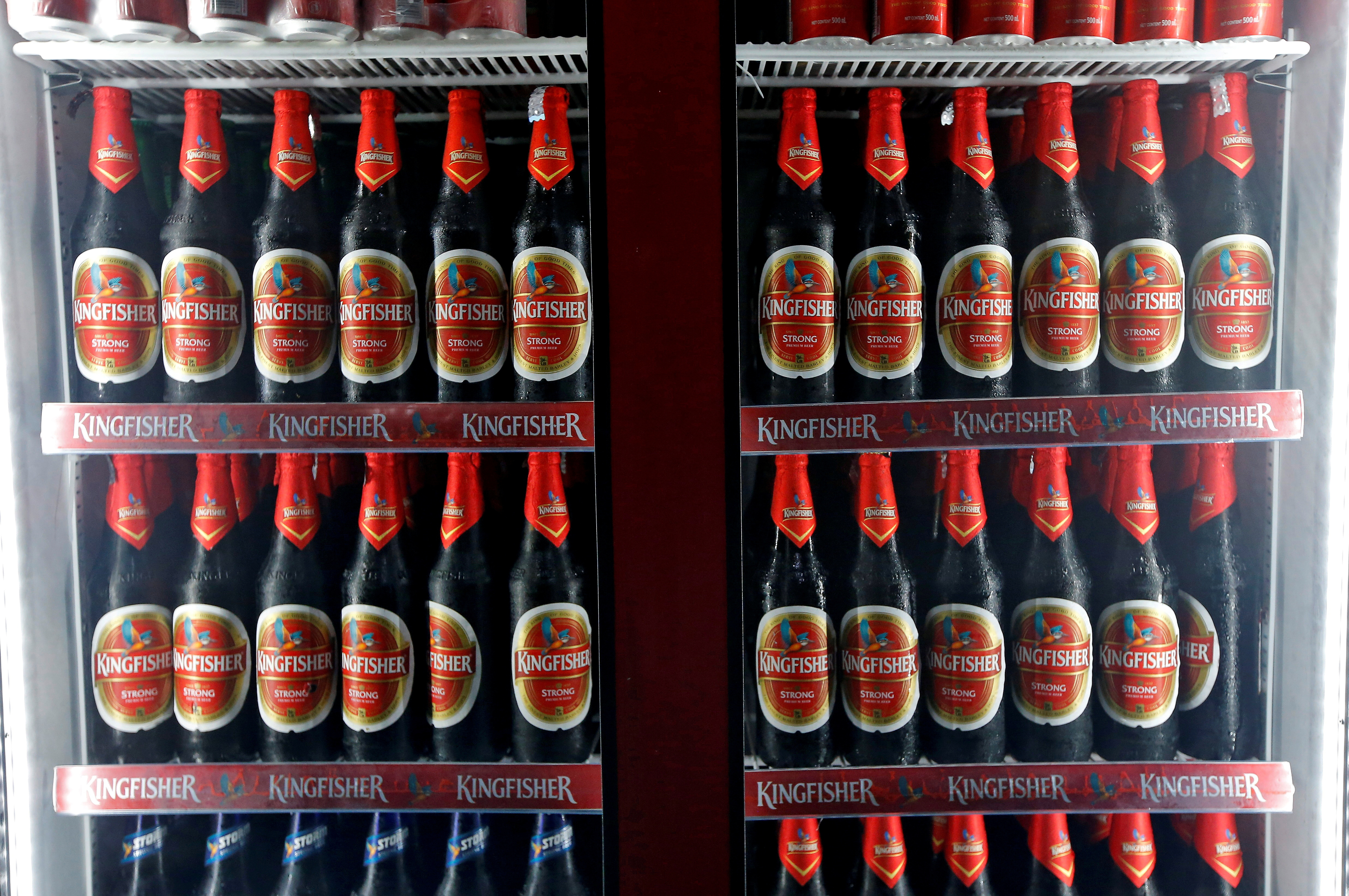Galveston Liquor: Wide Selection of Quality Spirits for Every Taste
Galveston Liquor: Wide Selection of Quality Spirits for Every Taste
Blog Article
From Mash to Bottle: The Complexities of Craft Distillery Manufacturing Revealed
Craft distillery production is a careful process that involves a series of detailed actions to change raw active ingredients right into a refined spirit all set for intake. From the initial stages of mash prep work to the final touches of classifying and bottling, each phase of production plays a vital function fit the character and high quality of the last item (Breweries in Galveston Texas). As we decipher the intricacies of craft distillery manufacturing, we will reveal the artistry and scientific research behind each step, shedding light on the covert globe that finishes in the production of a unique and exceptional spirit
The Art of Mash Preparation
Mash preparation in craft distillery production is a meticulous process that lays the structure for the top quality and taste account of the final distilled spirits. The art of mash prep work involves integrating grains such as barley, corn, rye, or wheat with water and enzymes to convert the starches right into fermentable sugars. This essential action calls for accuracy in the option of grains, water high quality, and enzyme activity to ensure optimal sugar extraction throughout fermentation.
Craft distilleries take excellent treatment in sourcing high-quality grains as they directly impact the preference and character of the spirits. The proportions of various grains utilized in the mash costs are also thoroughly determined to attain the preferred flavor account. Additionally, aspects such as water temperature level, pH degrees, and mixing methods play a significant role in the mashing procedure.
Once the mash is prepared, it undertakes fermentation, where yeast is included to convert sugars into alcohol. The high quality of the mash directly influences the effectiveness of fermentation and ultimately, the overall high quality of the distilled spirits. Craft distilleries pride themselves on their interest to detail during mash preparation, identifying its relevance in developing extraordinary spirits.
Fermentation: Changing Ingredients Into Alcohol
Exactly how do craft distilleries transform thoroughly prepared active ingredients into alcohol via the process of fermentation? Fermentation is a critical action in craft distillery production where yeast engages with sugars to create alcohol.
Throughout fermentation, the temperature level and atmosphere are carefully kept an eye on to make certain optimum problems for yeast task. This process commonly takes numerous days to a week, relying on the wanted alcohol material and taste profile. As the yeast functions its magic, the fluid undertakes considerable chemical modifications, leading to the formation of alcohol.
As soon as fermentation is full, the resulting liquid is referred to as the laundry or beer. This alcoholic liquid works as the foundation for the succeeding purification procedure, where it will be changed into the final spirit via cautious workmanship and accuracy techniques.
Purification Techniques and Tools
Utilizing customized tools and precise methods, craft distilleries utilize various purification methods to remove and fine-tune the alcohol content of the fermented clean, eventually shaping the character and quality of the last spirit. Crossbreed stills integrate aspects of both pot and column stills, using distillers adaptability in crafting a varied array of spirits. Craft distillers often experiment with different equipment configurations try this website and distillation techniques to achieve phenomenal and special spirits that show their creative thinking and proficiency.
Aging Refine: From Barrel to Bottle
With the distilled spirits currently prepared, the emphasis shifts towards the vital phase of the aging process, where the improvement from barrel to bottle imbues the liquid with unique flavors and characteristics. Aging plays a crucial function in the development of the spirit, as it connects with the timber of the barrels. The selection of barrel type, whether oak, charred, or formerly used for other spirits, significantly influences the last taste profile. Throughout aging, the spirit goes through an intricate collection of chain reactions that boost its shade, preference, and fragrance.

Bottling and Classifying: Last Touches
Upon conclusion of the aging procedure, the craft distillery carefully continues with the meticulous jobs of bottling and labeling, adding the final touches that will certainly provide the spirit to consumers. Craft distilleries commonly utilize automated bottling lines furnished with machinery such as labelers, fillers, and cappers to streamline the process.
Labels commonly include vital information like the spirit's name, alcohol material, and beginning. Furthermore, some craft distilleries hand-label their containers for a personalized touch, specifically for restricted version releases.
Once the bottles are loaded, secured, and labeled, they undergo a last inspection to assure they meet the distillery's standards. This interest to information in the bottling and identifying process shows the craft distillery's dedication to providing a premium item to customers.

Final Thought
Finally, the process of craft distillery production involves thorough actions such as mash preparation, fermentation, Continue purification, aging, and bottling (Galveston Liquor). Each stage calls for careful focus to detail and specific devices to make sure the final product fulfills high criteria of top quality. From changing active ingredients right into alcohol to bottling and labeling the completed product, craft distilleries showcase the art and scientific research behind producing premium spirits for discerning customers
Craft distillery production is a precise process that includes a collection of detailed steps to transform raw ingredients right into a refined spirit all set for consumption.Mash preparation in craft distillery production is a precise process that lays the structure for the top quality and flavor profile of the final distilled spirits. Craft page distilleries satisfaction themselves on their interest to detail throughout mash prep work, identifying its relevance in producing extraordinary spirits.
Upon conclusion of the aging process, the craft distillery meticulously continues with the meticulous tasks of bottling and classifying, including the final touches that will certainly provide the spirit to consumers. From transforming active ingredients right into alcohol to bottling and labeling the ended up product, craft distilleries display the art and scientific research behind creating exceptional spirits for critical consumers.
Report this page